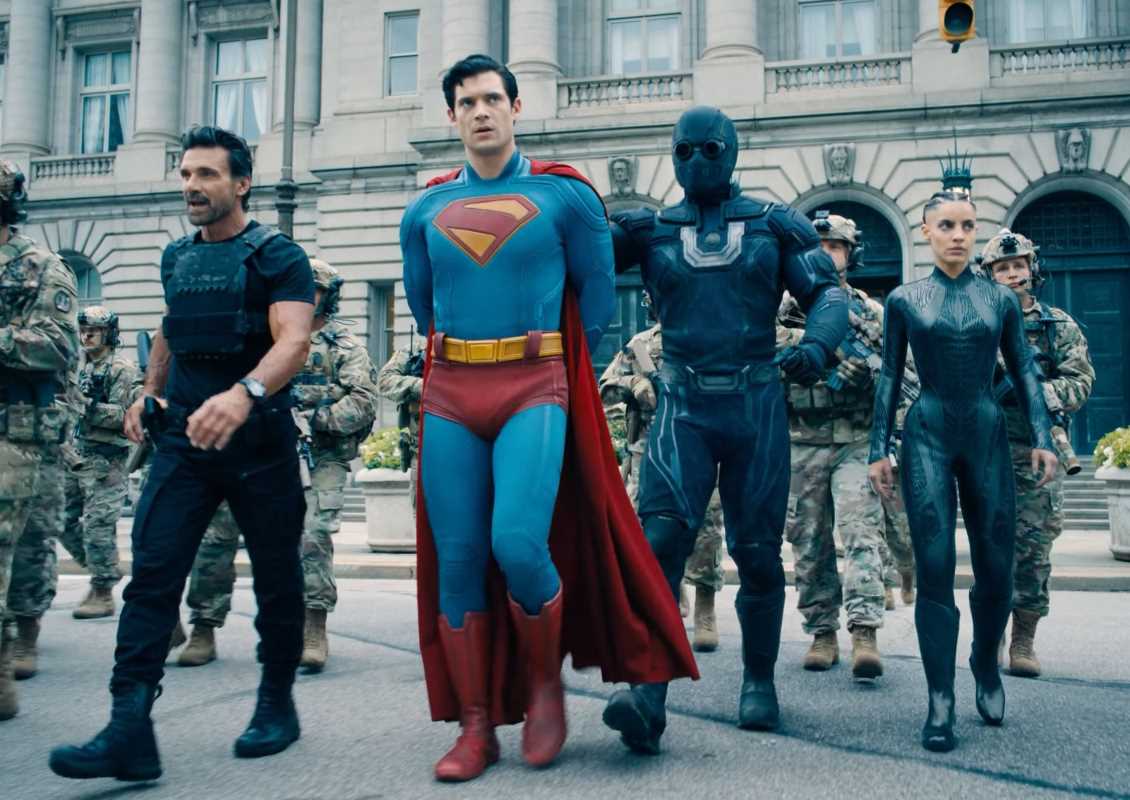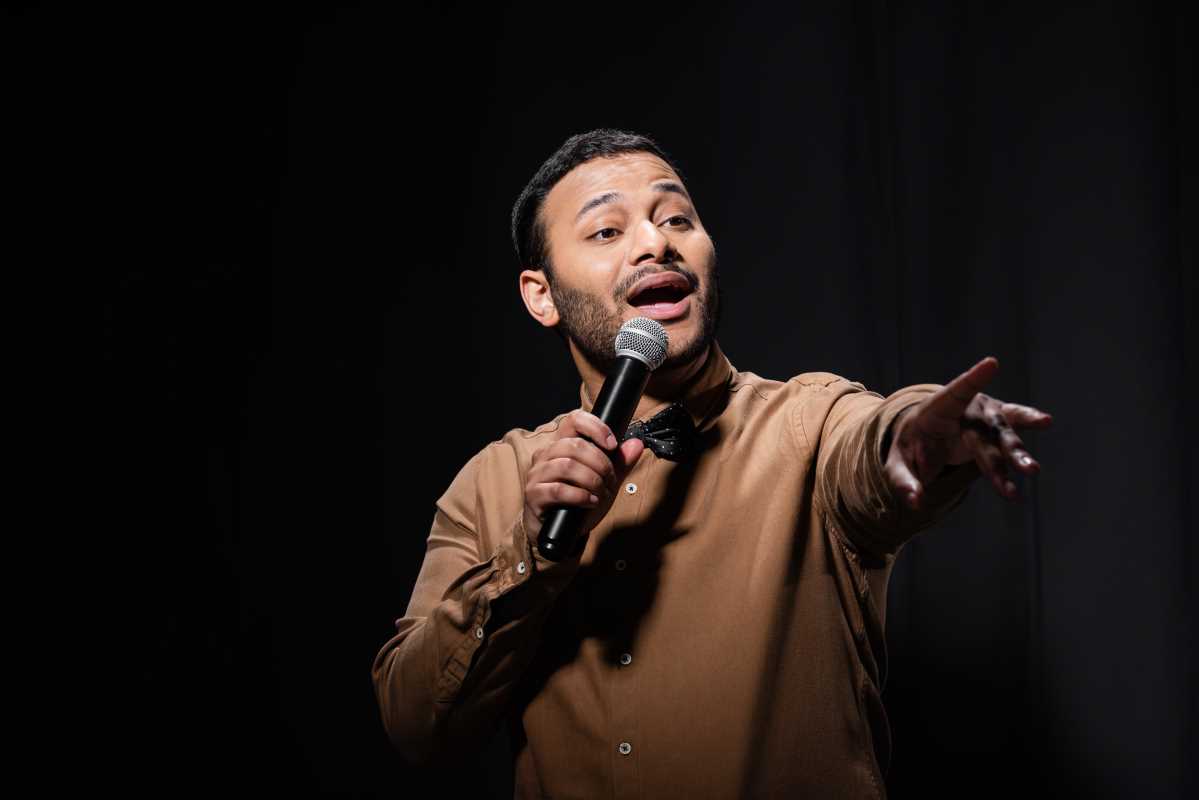If you’ve walked through a bookstore lately, one thing is impossible to ignore: young adult (YA) fiction is thriving. With rows of brightly colored covers and bold titles, it’s a genre that captures attention. But YA fiction isn’t just about first loves, high school drama, or fantastical adventures. It’s become a leading voice in conversations about diversity, tackling topics like race, gender, identity, and social inequality with honesty and heart.
Why is YA fiction leading the charge? For starters, it’s a genre that speaks directly to young people who are shaping the world with their values and ideas. And because YA writers aren’t afraid to explore tough subjects, they’ve created stories that reflect the diverse realities of their readers. Whether through authors from underrepresented communities or characters who break down barriers, YA fiction is proving that books can change minds and open hearts. But how did this happen, and why does it matter so much? Let's break it down.
The Rise of Diversity in YA Fiction
1. A Shift in Who Gets to Tell Stories
For a long time, publishing was dominated by certain perspectives, and stories from diverse authors were hard to find. But in the last decade, there’s been a shift. More publishers are actively seeking out stories from underrepresented voices, and authors from diverse backgrounds are finally getting the opportunity to share their experiences.
Take Angie Thomas, whose bestselling novel The Hate U Give explores police brutality and systemic racism through the eyes of a Black teenager, Starr. The book became a phenomenon, sparking important conversations and hitting bestseller lists worldwide. Similarly, Jason Reynolds and Elizabeth Acevedo bring authentic perspectives to issues like identity, poverty, and resilience. These authors have shown that readers are hungry for stories that feel real and represent a wide range of voices.
2. Stories That Reflect Realities
Representation matters, especially for young people. YA fiction today paints a more accurate picture of society, featuring characters across the spectrum of race, gender, sexual orientation, religion, and abilities. Books like I Am Not Your Perfect Mexican Daughter by Erika L. Sánchez and The Poet X by Elizabeth Acevedo explore the complexities of growing up in immigrant families, shedding light on experiences that might feel invisible in mainstream media.
What makes YA fiction unique is its ability to balance entertainment with authenticity. These stories might take place in a high school or a dystopian world, but the real-life issues they explore resonate deeply with readers from all walks of life.
Why YA Fiction Appeals to Young Readers
1. Readers Are Craving Representation
Today’s young readers are more socially aware than any previous generation. They’re growing up in a world where conversations about equality and justice are everywhere, from social media to protests to classroom discussions. YA fiction taps into this awareness by reflecting the diversity they see in their own lives.
Books like Love, Simon by Becky Albertalli have become celebrated for featuring LGBTQIA+ characters in relatable, authentic ways. Meanwhile, novels like Darius the Great Is Not Okay by Adib Khorram provide much-needed representation for mental health struggles and cultural identity. For readers who have never seen themselves reflected in a story before, these books are life-changing.
2. Tackling Tough Topics Without Preaching
Another strength of YA fiction is its ability to tackle difficult issues without coming across as preachy or heavy-handed. Instead of talking at teens, these books talk to them. Through compelling characters and engaging storylines, authors explore topics like racism, religious discrimination, bullying, and gender identity in ways that feel approachable.
For example, in Tiffany D. Jackson’s Monday’s Not Coming, readers are drawn into a gripping mystery about a missing Black girl, but the story also highlights systemic neglect and prejudice in how cases involving marginalized communities are handled.
3. The Power of Empathy
Reading lets us step into someone else’s shoes, and YA fiction is especially brilliant at making that step feel effortless. A story about a Syrian refugee, like A Land of Permanent Goodbyes by Atia Abawi, can help readers better understand the challenges and humanity behind headlines. A novel about a non-binary teen, like Mason Deaver’s I Wish You All the Best, can offer insight into struggles with identity and acceptance. For young readers, gaining this empathy early can shape how they see the world and approach people who are different from them.
YA Fiction Sparking Broader Conversations
1. YA Books in Schools
YA books about diversity aren’t just staying on personal bookshelves; they’re entering classrooms and curriculums. Teachers and librarians are increasingly using these novels as tools for fostering open discussions about societal issues. For example, All American Boys by Jason Reynolds and Brendan Kiely has been used in classrooms to start conversations about racism and police brutality.
By introducing these books in schools, educators help students process complex topics in a space where they can ask questions, share perspectives, and grow. It’s a sign that stories can act as powerful educational tools, encouraging dialogue and reflection.
2. Readers as Activists
YA fiction is empowering young readers to take what they’ve learned from stories and turn it into action. Look no further than the viral hashtags and fan campaigns inspired by books like The Hate U Give. Teens are using what they read to fuel activism, from organizing book clubs focused on social issues to participating in protests and pushing for change in their communities.
Books like We Are Not Free by Traci Chee, which chronicles the experiences of Japanese American teens in internment camps during World War II, don’t just teach history; they inspire readers to think about how the past connects to present-day social justice.
Challenges Facing Diversity in YA Fiction
While YA fiction has made incredible strides in showcasing diversity, there’s still work to be done. Some areas of representation, especially when it comes to disabled characters or Indigenous voices, remain underrepresented in mainstream publishing. Additionally, there’s the ongoing issue of tokenism, where publishers push for diverse stories without ensuring authentic representation or proper consultation with the groups being portrayed.
Authors from marginalized groups often face extra scrutiny or backlash for their work, especially in the age of social media. Despite these challenges, the growing demand for authentic, inclusive storytelling is a hopeful sign that change will continue.
What the Future Holds
YA fiction is just scratching the surface when it comes to diversity, but the progress we’ve seen is encouraging. With more support for diverse authors and a growing awareness of the stories that need to be told, the genre has the potential to become even more inclusive and impactful. Additionally, adaptations of YA books into TV shows and movies (like Love, Simon and Netflix’s Heartstopper) have spread these messages even further, ensuring that young readers and viewers worldwide are seeing stories that matter.







